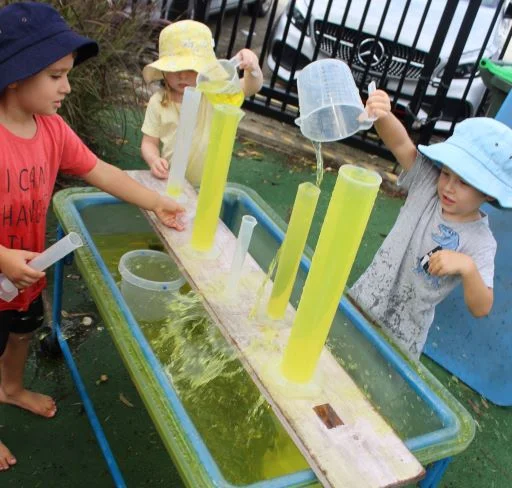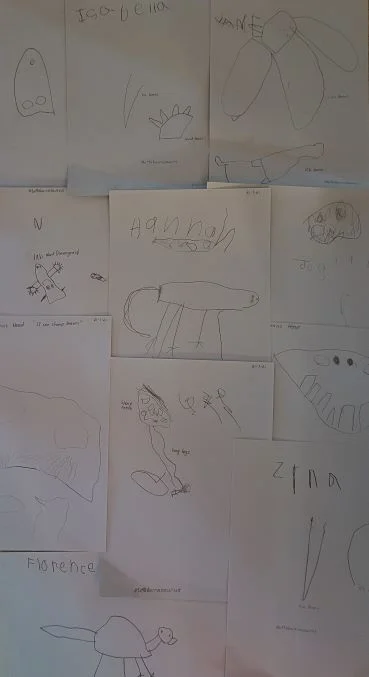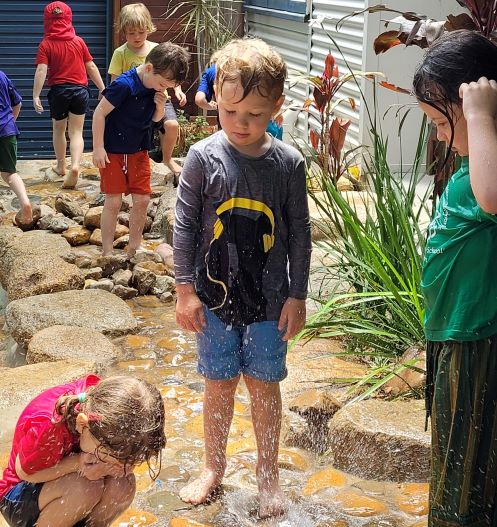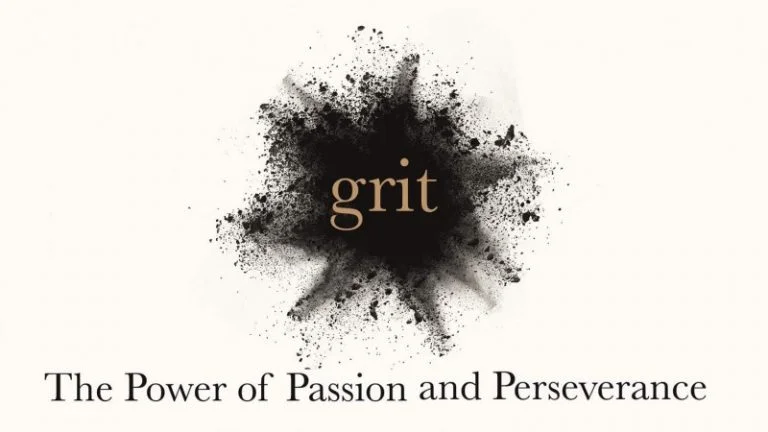
Maths is everywhere!
June 2, 2021
Children’s Drawings
July 23, 2021Don’t you just love this! If we could re-frame FAIL to First Attempt In Learning in children’s (and adults) thinking, I truly believe we could transform children’s willingness to have-a-go, take themselves out of their comfort zone, be a risk-taker and be brave. Once the emotional pressure of getting something wrong or not perfectly right is removed, what innovative thinking we could encourage!
Let’s just take a step back. How do children get the feeling of failure in the first place? How do children see adults respond to making a mistake or failing at something?
I think one of the biggest problems is us. Adults. Parents. We don’t like to see our children feeling sad, frustrated or disappointed. It pulls at our heart strings and we step in to fix the problem and make our children feel happier in that moment. However, if we can re-frame and look at the bigger picture of learning opportunities and respond to those little moments of failure with a positive response, think how resilient the children could be. If we fly in and solve the problem, what message does that give children. Is it you’re not able to fix this so I will do it for you? We need to stay out of it and get out of their way.
When children make a mistake, we can help by firstly acknowledging their feelings if they are feeling sad, frustrated or disappointed. Provide a different perspective. Acknowledge their first attempt in learning, provide prompts for ways of calming and moving on. When calm they can begin to think about what went wrong and what to try next. Give the message that making a mistake or failing at something is a wonderful learning opportunity and motivates trying again.
Conversations to re-frame thinking take time and need to be ongoing. Acknowledge the effort regardless of success or not. Breaking down tasks into smaller steps can be helpful. Some words to say:
Yae! You gave it a go, great job! Your first attempt in learning ____. What will you try next?
Modelling making a mistake and saying out loud, Oh dear, that’s wrong. I’ll have to try again.
Some things are hard to learn. You are trying really hard. Take a calming breath, then let’s try again.
Is there a different way you could try.
You’re great at solving problems. What could be the first thing you try.
Your brain may tell you it’s too hard but you could tell it that you’ll just have a go.
You have a turn first. That’s great trying.
How adults respond to children makes a difference. Thinking about the smallest change in wording can make a big difference in children accepting that FAIL means First Attempt In Learning.





